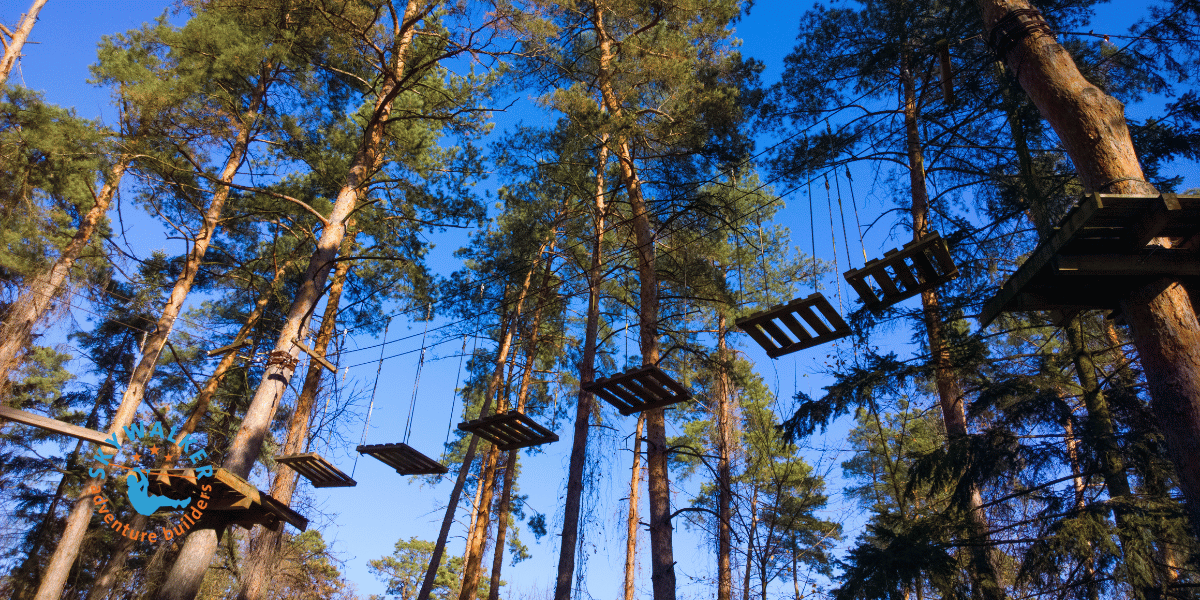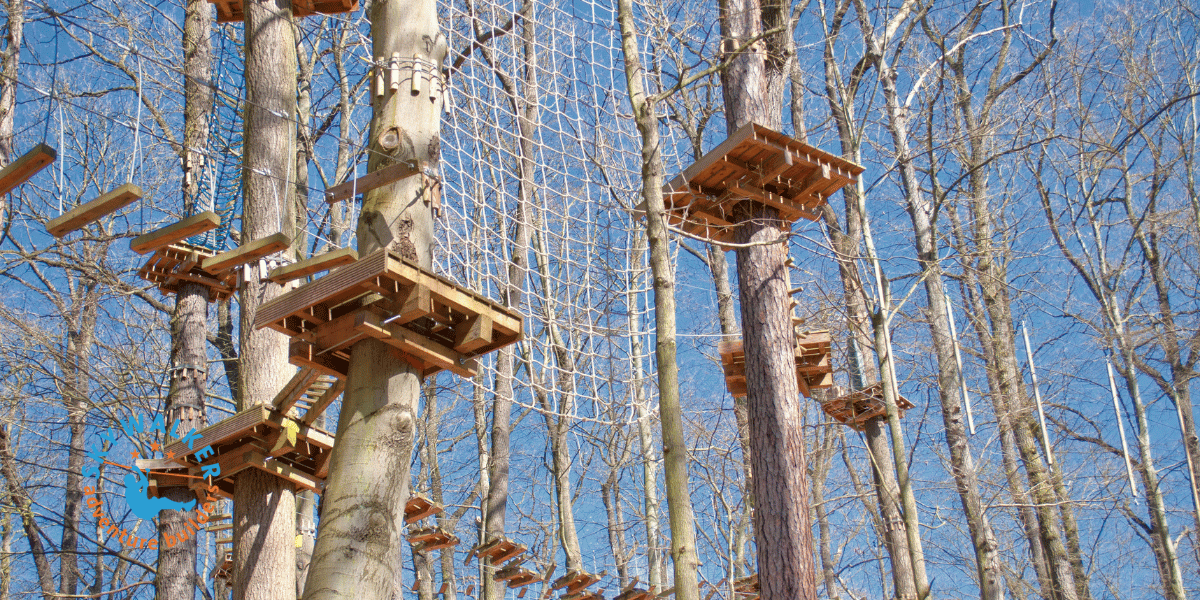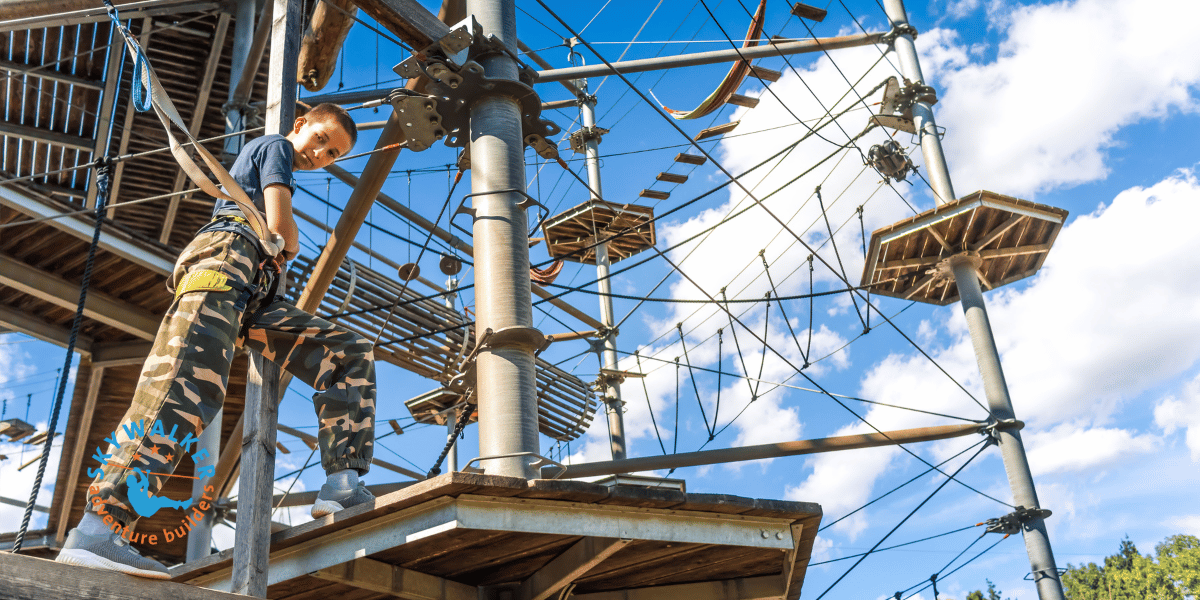For professionals managing adventure parks, outdoor recreation facilities, and amusement centers, ensuring the safety and operational integrity of ropes courses is paramount. The EN 15567 standard mandates regular periodic inspections, often referred to as annual inspections, for both low and high ropes courses. This crucial process, conducted by competent external bodies, meticulously examines these structures for wear, tear, decay, and hidden damage, offering an invaluable layer of security and compliance.
The Critical Need for Annual Ropes Course Inspections
Engaging an external expert to perform the annual inspection offers numerous benefits beyond mere compliance. Think of it as the safety certification for your ropes course, providing an unbiased and experienced perspective. This "dual control" principle, where maintenance is verified by an independent party, significantly enhances the quality and safety of your operations.
- Unbiased Assessment: External inspectors bring a fresh pair of eyes, free from operational blind spots or economic pressures.
- Enhanced Safety: Identifying potential hazards early minimizes the risk of accidents and liabilities.
- Compliance with Standards: Adhering to EN 15567 demonstrates a commitment to industry best practices, crucial in legal and insurance contexts.
- Access to Expertise: Benefit from the inspector's broader knowledge of the industry and emerging safety concerns.
The EN 15567 Part 1 standard clearly stipulates these periodic inspections must occur at least every 15 months from the initial inspection date. While not a law, this standard represents the accepted "state of the art" and is often referenced in legal assessments.
What Happens During an EN 15567 Periodic Inspection?
The annual inspection is a thorough process designed to identify any issues that could compromise the safety and functionality of your ropes course. Typically conducted by a team of experienced inspectors, the process involves both a physical examination and a review of essential documentation.
- Initial Consultation: The process usually begins with a discussion to understand the specifics of your course and address any initial questions.
- On-site Examination: Inspectors conduct a comprehensive climb-through of all elements, paying close attention to:
- The condition of individual components (ropes, wood, metal).
- The speed and clearances of ziplines, including landing zones and emergency braking systems.
- Any signs of wire breaks on cables and under clamps.
- Rotting in wooden structures and the stability of supporting trees.
- Wear and tear on fall arrest and lowering device suspensions.
- Document Review: Inspectors will also verify crucial paperwork, including PPE inspection reports, tree inspection records, and maintenance protocols.
- On-site Feedback: Any defects discovered are discussed immediately, and potential solutions for rectification are explored.
- Detailed Reporting: Following the inspection, you'll receive a comprehensive report categorizing defects as either serious (requiring immediate action) or minor (with a specified timeframe for correction).
- Rectification Documentation: A document is provided for you to record the steps taken to address the identified defects.
This detailed approach ensures that all critical aspects of your ropes course are evaluated, providing a clear picture of its safety status.

Low Ropes Courses and the Annual Inspection Requirement
It's important to note that the EN 15567 standard does not differentiate between low and high ropes courses regarding annual inspections. Both types of installations are subject to the same requirements for initial and periodic inspections. Therefore, operators of low ropes courses must also ensure they undergo this yearly scrutiny to maintain safety and compliance.
- Uniform Standard: EN 15567 applies equally to all ropes course configurations.
- Safety First: Even low-to-the-ground elements can pose risks if not properly maintained and inspected.
- Proactive Maintenance: Regular inspections help identify and address potential issues before they escalate.
Ignoring the annual inspection for low ropes courses can lead to the same safety and legal ramifications as neglecting high ropes course inspections.
Choosing the Right Inspection Body: Expertise Matters
Selecting a competent and qualified inspection body is crucial for a thorough and reliable annual inspection. While the profession of ropes course inspector isn't legally protected, it's vital to choose a provider with the necessary expertise and credentials. The EN 15567 standard recommends using an inspection body that complies with ISO 17020, which outlines requirements for inspection bodies.
- Accreditation and Certification: Look for inspectors with relevant training and certifications from recognized organizations (e.g., IAPA, ERCA).
- Experience: Inquire about the inspector's track record and the number of inspections they have conducted.
- Dual Control Principle: Ensure the inspection is carried out by an independent entity, separate from those involved in the course's construction or regular maintenance.
- Industry Knowledge: The best inspectors possess a deep understanding of ropes course operations, construction, and evolving safety standards.
- Ongoing Support: A reputable inspection body will be available to answer questions and provide guidance even after the inspection report is issued.
Partnering with an experienced and knowledgeable inspection team provides peace of mind and ensures the highest level of safety for your operations and participants.
EN 15567 Compliance? Get in Touch!
When it comes to the critical annual inspection of your ropes course, selecting the right partner is paramount. Choosing Skywalker Adventure Builders ensures a meticulous and expert evaluation conducted by seasoned professionals. Our deep understanding of EN 15567 standards, coupled with our extensive experience in both constructing and inspecting adventure courses, provides unparalleled insight. We go beyond basic compliance, offering practical solutions and a commitment to the long-term safety and success of your operation. Partner with Skywalker Adventure Builders for an inspection you can trust, delivering peace of mind and ensuring the highest standards of safety for your visitors and staff.
FAQs
Why is an annual inspection of my ropes course necessary?
Annual inspections, or periodic inspections as per EN 15567, are crucial for identifying wear and tear, potential hazards, and ensuring compliance with safety standards. This helps prevent accidents, protect your business from liability, and maintain the operational integrity of your ropes course.
How often do I need to have my ropes course inspected?
According to the EN 15567 standard, a periodic inspection must be carried out at least once a year, with a maximum interval of 15 months from the date of the initial inspection.
What is the difference between an initial inspection and an annual inspection?
The initial inspection occurs before a new ropes course is commissioned. The annual or periodic inspection is a recurring examination conducted at least once a year to assess the ongoing safety and condition of the existing structure.
Who is qualified to perform an annual ropes course inspection?
The EN 15567 standard recommends using an inspection body that meets the requirements of ISO 17020. It's essential to choose inspectors with relevant training, certifications (e.g., IAPA, ERCA), and demonstrable experience in the ropes course industry. They should also be independent of the course's construction and regular maintenance.
What happens after the annual inspection?
Following the inspection, you will receive a detailed report outlining any defects found, categorized as either serious (requiring immediate action) or minor (with a specified timeframe for correction). You'll also receive a document to record the rectification of these defects. It's crucial to address all identified issues promptly to ensure the continued safe operation of your ropes course.

Planning an Adventure project? Need expert advice on Adventure park design?
Get in touch today!
Additional expert Information regarding Zipline technology
Interested to read more about Zipline technology and expert opinions?
- The Power of Zip Line Simulation Software
- Bi-Directional Zip Line Technology
- Zip Line Design: Components for a Complete System
- How a Zipline Feasibility Study Guarantees Success
- MAG Brake Trolley, the Magnetic Self-braking Zipline pulley
- Professional Zipline Engineering & Design services
- How to Launch a Zip Line Company
- The Science of Zipline Design and Engineering
- Zipline Mistakes You Don’t Know You’re Making
- Key elements: Zipline Design and Engineering
- Thinking of investing and operating a Zipline?
- Zipline Emergency Arrest Devices (EADs)
- The ZipCoaster - Fly through the air, dipping and twisting
- Pros and Cons of Different Zip Line Brakes
- Expert Tips for Zip Line Brake Installations
- Thinking of investing and operating a Zipline?
- Ingenious inventions. The curvy zip line













